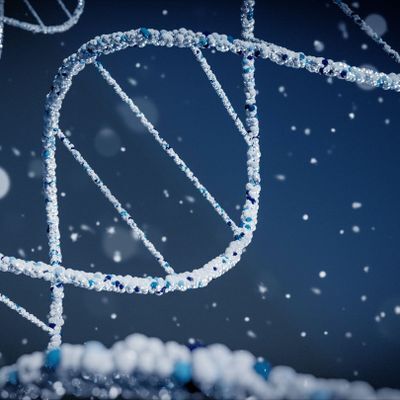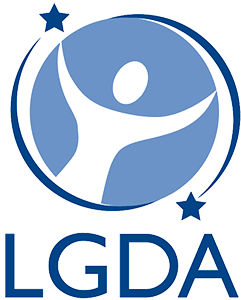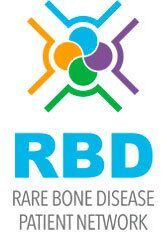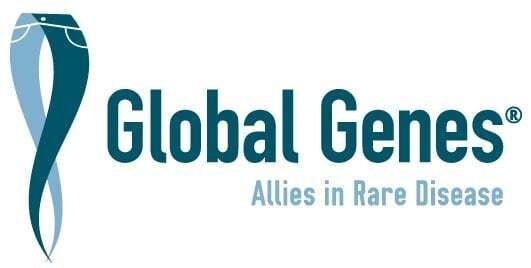
In the world of rare diseases, clarity is powerful. For those affected by Complex Lymphatic Anomalies (CLAs), a clearer classification system can be the difference between confusion and answers, delay and diagnosis, frustration and hope. In 2024, the International Society for the Study of Vascular Anomalies (ISSVA) unveiled a major update to its globally recognized classification system. For the CLA community, this update marks an important milestone—offering new terms, refined groupings, and improved visibility for these complex conditions.
Why Classifications Matter
Every day, healthcare providers rely on medical classifications to diagnose conditions, guide treatment, conduct research, and communicate across specialties. When a disease doesn’t fit neatly into existing categories, patients can be left in diagnostic limbo. That’s especially true for vascular anomalies—a group of rare disorders that affect blood and lymphatic vessels, often across multiple parts of the body.
First introduced in 1996, the ISSVA classification has helped standardize the way vascular anomalies are identified and understood. Major updates occurred in 2014 and 2018, but recent advances in genetics, imaging, and treatment options have made a deeper revision necessary. That led to the most ambitious update yet—presented in 2024 during the ISSVA World Congress in Madrid, Spain.
How the New Classification Came Together
Beginning in 2019, ISSVA brought together international experts from many specialties—pediatrics, genetics, radiology, surgery, and more—to reassess each type of vascular anomaly. The team met virtually and in person over several years, including at global conferences in Vancouver (2022), Boston (2023), and Madrid (2024).
Their mission? To create a classification that:
- Reflects the latest understanding of disease biology
- Works across disciplines (clinical, radiological, genetic, and surgical)
- Helps providers accurately diagnose conditions at any point in a patient’s care journey
The result is a more streamlined, user-friendly system. A new “landing page” presents the major categories (vascular tumors, vascular malformations, and a new group called PUVA—Potentially Unique Vascular Anomalies). From there, users can explore specific subtypes, supported by a new resource: the ISSVA Glossary, a searchable medical dictionary that defines hundreds of technical terms, syndromes, and gene names.
Among the most important updates is the expanded section on Complex Lymphatic Anomalies, a group of rare, serious conditions that involve abnormal development or function of the lymphatic system. CLAs often affect multiple body systems, can be life-threatening, and are frequently misunderstood—even within the medical community.
The updated ISSVA classification now clearly lists all known CLAs under:
- Vascular Malformations → Slow-Flow → Lymphatic → Complex
Here’s what’s new for CLAs:
All four previously known CLAs are formally recognized
- GLA (Generalized Lymphatic Anomaly)
- KLA (Kaposiform Lymphangiomatosis)
- GSD (Gorham-Stout Disease)
- CCLA (Central Conducting Lymphatic Anomaly)
CCLA is now divided into two subtypes
- Isolated CCLA: affects only the lymphatic system
- Syndromic CCLA: occurs with other medical conditions, especially those called RASopathies.
A newly recognized CLA has been added: Generalized Lymphatic Dysplasia (GLD)
GLD causes widespread lymphatic swelling that can impact multiple organs like the lungs or intestines. Unlike other CLAs, GLD does not involve the bones. Research suggests it is linked to mutations in the PIEZO1 gene.
Why These Changes Are Important
These refinements in the ISSVA classification aren’t just academic—they have real-world consequences for patients and their families. A more precise classification means:
- Faster, more accurate diagnoses
- Better coordination between specialists
- Clearer pathways for treatment and clinical trials
- Improved access to insurance coverage and genetic counseling
For instance, identifying Syndromic CCLA recognizes that some patients have lymphatic anomalies alongside heart defects, gastrointestinal problems, or orthopedic issues. These patients may carry mutations in genes like KRAS, SOS1, RAF1, or BRAF—known to cause RASopathies. Knowing this can lead to more tailored care and better outcomes.
A Classification That Grows with the Science
One of the strengths of the 2024 ISSVA classification is that it’s built to evolve. The system is designed as a “living document,” with periodic updates, a glossary for transparency, and a structure that invites feedback from professionals worldwide.
As research advances, especially in genetics and targeted therapies, this dynamic classification system will help ensure that new discoveries translate into meaningful care. It also brings consistency to a field that previously relied on fragmented or outdated terminology.
What This Means for the CLA Community
For those navigating life with a Complex Lymphatic Anomaly, these changes offer more than just improved science—they offer validation. They affirm that these conditions are real, distinct, and worthy of attention from the global medical community.
They also signal progress. With clearer definitions and broader recognition, the hope is that more researchers will study CLAs, more clinicians will understand them, and more patients will receive the compassionate, knowledgeable care they deserve.
Stay Informed
LGDA will continue to share updates as this classification evolves. For the complete ISSVA classification chart visit ISSA website.
Clarity leads to care. And with the 2024 ISSVA classification, the future looks brighter for those facing Complex Lymphatic Anomalies.
Additional Resources:
Goldenberg, Dov Charles(a); Vikkula, Miikka(b),(c); Penington, Anthony(d); Blei, Francine(e); Schultze-Kool, Leo(f); Wassef, Michel(g); Frieden, Ilona J.(h); the ISSVA Vascular Anomalies Classification Group. Updated Classification of Vascular Anomalies: A living document from the International Society for the Study of Vascular Anomalies Classification Group. Journal of Vascular Anomalies 6(2):p e113, June 2025. | DOI: 10.1097/JOVA.0000000000000113
ISSVA Classification Glossary for Vascular Anomalies, ©2025 International Society for the Study of Vascular Anomalies Available at "issva.org/classification" Accessed 2025.
ISSVA Classification of Vascular Anomalies ©2025 International Society for the Study of Vascular Anomalies Available at "issva.org/classification" Accessed 2025.











